I’ll explain how we got here, a graduate architecture student, a non-quilter, initiating a three-city-wide quilt project in a pandemic.
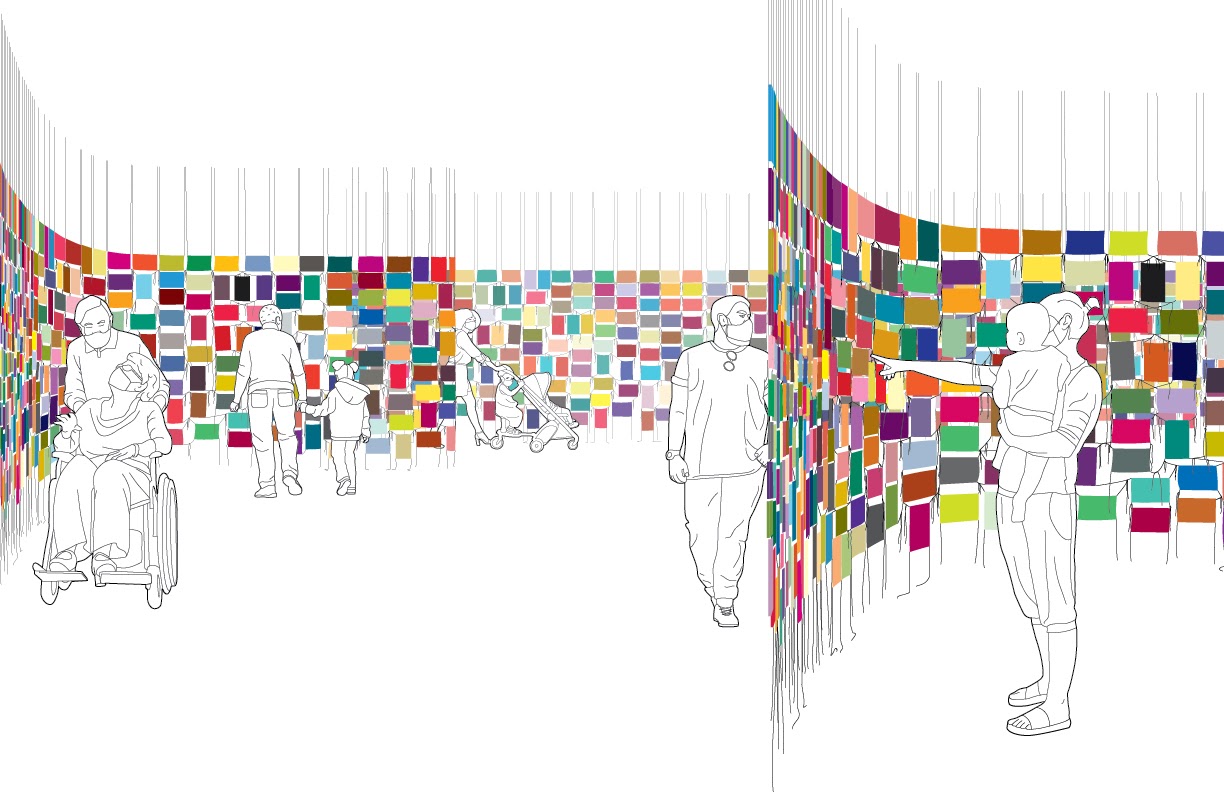
Workshop
Partnering with BRIDGE, we are able to bring two From Behind the Mask workshops to UWSA students! Kits have been mailed to participating distanced students, and local students can find a kit near them via the project website. Both of the workshops are the same, allowing students to pick which one best suits their schedule, and are organized on Friday, November 6th and Friday, November 13th at 7-8 pm EST. See WA Connect for zoom links and details.
The Project
So what is it, this From Behind the Mask? Simply put, it’s community quilt-making of a very special and very large quilt. In more words, it is a community art project that aims to capture our individual experiences of the pandemic here in our communities – experiences that have been and continue to be unequal. A quilt, made of hundreds of blocks authored by individuals of the public, will be sewn and assembled by the project coordinator (myself) and volunteers. The quilt itself reflects not only the region’s history in quilts and textile production but the culture of care and community that accompanies their making.
Now, let’s back up a little bit, and I’ll explain how I got onto the topic of quilts and what they have to do with architecture.
Backstory
Last fall, I started my Master of Architecture, concerned about the city’s effect on people’s mental health. Surely as architects and major players in city design, we have a responsibility to do better, build better, for people to live better. This lead to some small craft-based projects to test the relationship between myself as the designer, materials, and the ‘user.’ The word “care” became increasingly important and the driving concept for the work moving forward. What is care? How do we care? For whom? About what? How much? At what cost? And – oh, there are many costs.
Somewhere around the beginning of March, I was hitting a wall with my bench design. It was the next scale up in my craft-based design projects. It was going to take a long time, involving weaving and rope making, and it wasn’t yet the final project for my thesis. I wanted to get to an ‘architecture’ scale. Shortly after this, the WHO declared the coronavirus outbreak a pandemic, which started a chain of events that leads us to life as we know it today.
Very quickly, daily walks outside became the best – and most important – part of my day. I started to notice some significant changes in people’s behaviour in public or shared spaces. At the encouragement of Rick Andrigetti, one of my co-supervisors, I pursued what ended up being a lengthy photo-diagram series of spatial changes. While doing this work, I also photographed window art, sidewalk chalk, yard signs and posters. People were communicating and expressing care through different media. It was all here, physically present in the streets and neighbourhoods I wandered. This documentation work started to wain towards the end of the summer, as seemingly, we were settling into our ‘new’ lives here in Kitchener.
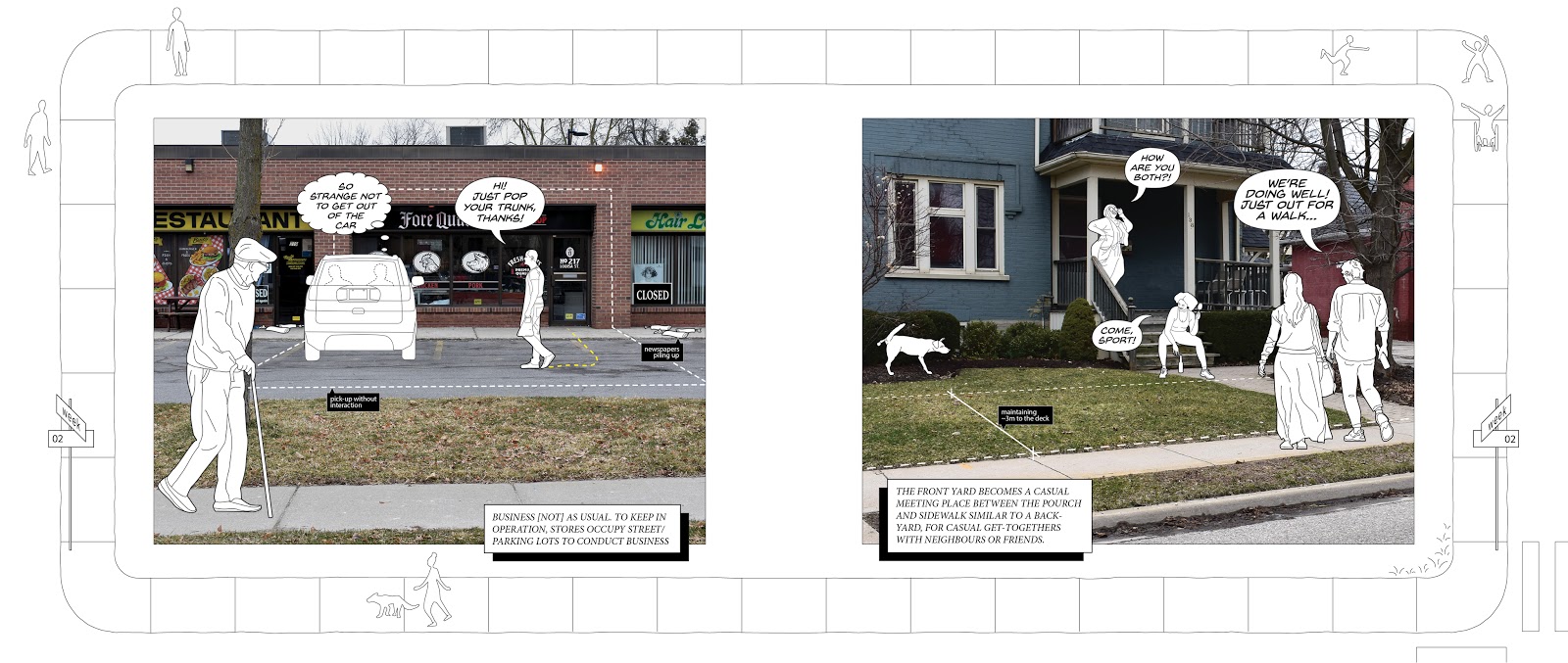
As I continued developing my thinking around the word ‘care,’ I narrowed down my focus on people’s mental wellbeing to the importance of good relationships. It turns out, having strong social relationships is a major factor in someone’s health (not that we’d be surprised by this anymore with our experiences over the last months). How can we aid in strong relationships, a connection to place and each other through architecture?
A Quilt
At this point, my work had changed so much from where I had started. However, it still maintained a central theme – care. Quilt-making had been in the back of my mind since probably January-February when it was brought up in a supervisor meeting. It took some time, until mid-late summer, before I came back to it and further investigated quilt-making and textile traditions. Perhaps I dismissed it too easily or didn’t want my work to be labeled as ‘women’s work’ and, therefore, not be taken seriously. This topic, care, is serious, and I wanted my work to be taken seriously.
Quilts and care have a lot in common. (Aside: look up the word care; you’ll be surprised at its origin and how many definitions there are). Quilts are a product of labour; they are a protective layer. They often incorporate ‘scrap’ material and encourage the collection and preservation of small pieces of cloth for a later project. In textiles, techniques and traditions of mending are widespread and ancient. Social gatherings have developed around textiles and with quilts, they are sometimes called ‘quilting bees.’ Not only are quilt’s ‘artifacts’ of care, but the process is care, and a care-based community often encircles them. I can go on – see future thesis book – but I’ll jump now to how quilts are related to architecture.
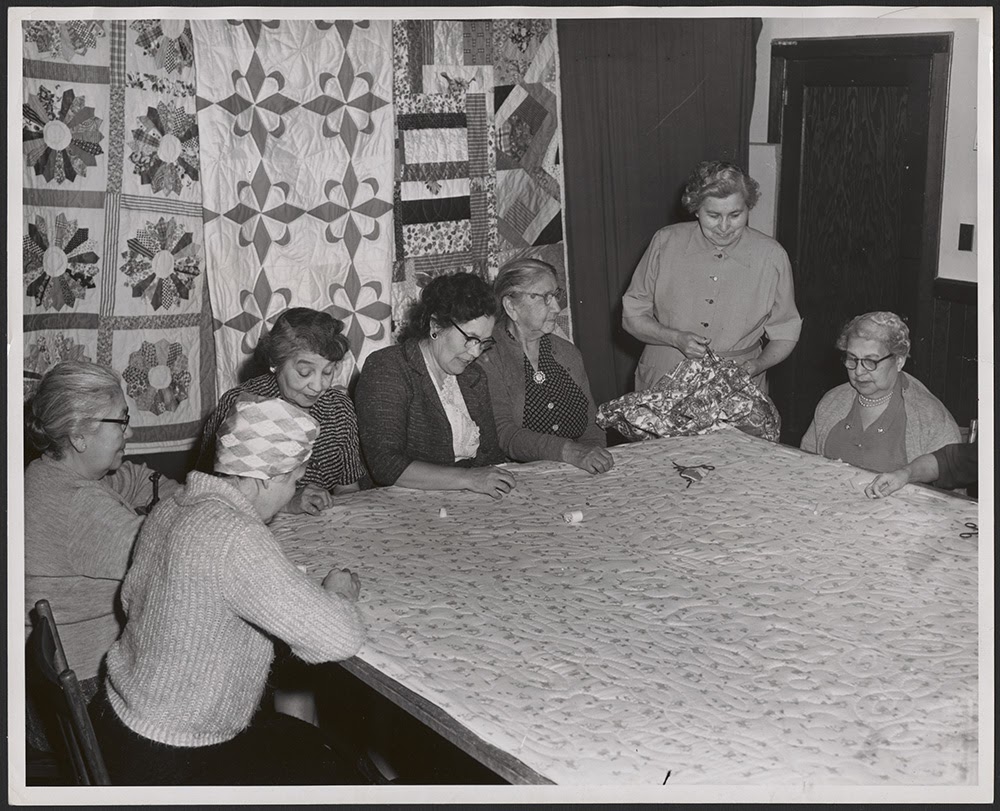
Source: Hamilton Spectator, “Six women of the Women’s Guild of St. Peters’ church finishing a quilt,” 1961, from Collections Canada, website
Quilts as Architecture
For some, quilts as architecture seems like a stretch. The technique of quilting is ancient, and was likely first used to make padded protective layers for working animals and then for people in between clothes and armour. At school, we’ve talked about how clothes could be considered a ‘first architecture’ – our protection. In terms of a ‘quilt’ itself, you might be most familiar with a bed quilt – something that has been long used for keeping warm by sewing together layers of fabric and other materials for thermal protection – insulation, if you will. Now sometimes quilts can be very fancy and are often hung on a wall. They’re at such a size that they act as a wall. Furthermore, textiles in general have been employed both as architecture and used architecturally all over the world going back thousands of years as partitions, insulation, defining (or blurring the line between) walls, ceilings, and floors. There is a lot to explore in why we, in western culture, often don’t see tent structures or other textile forms as architecture. So really, how are quilts not architecture?
A Community Project
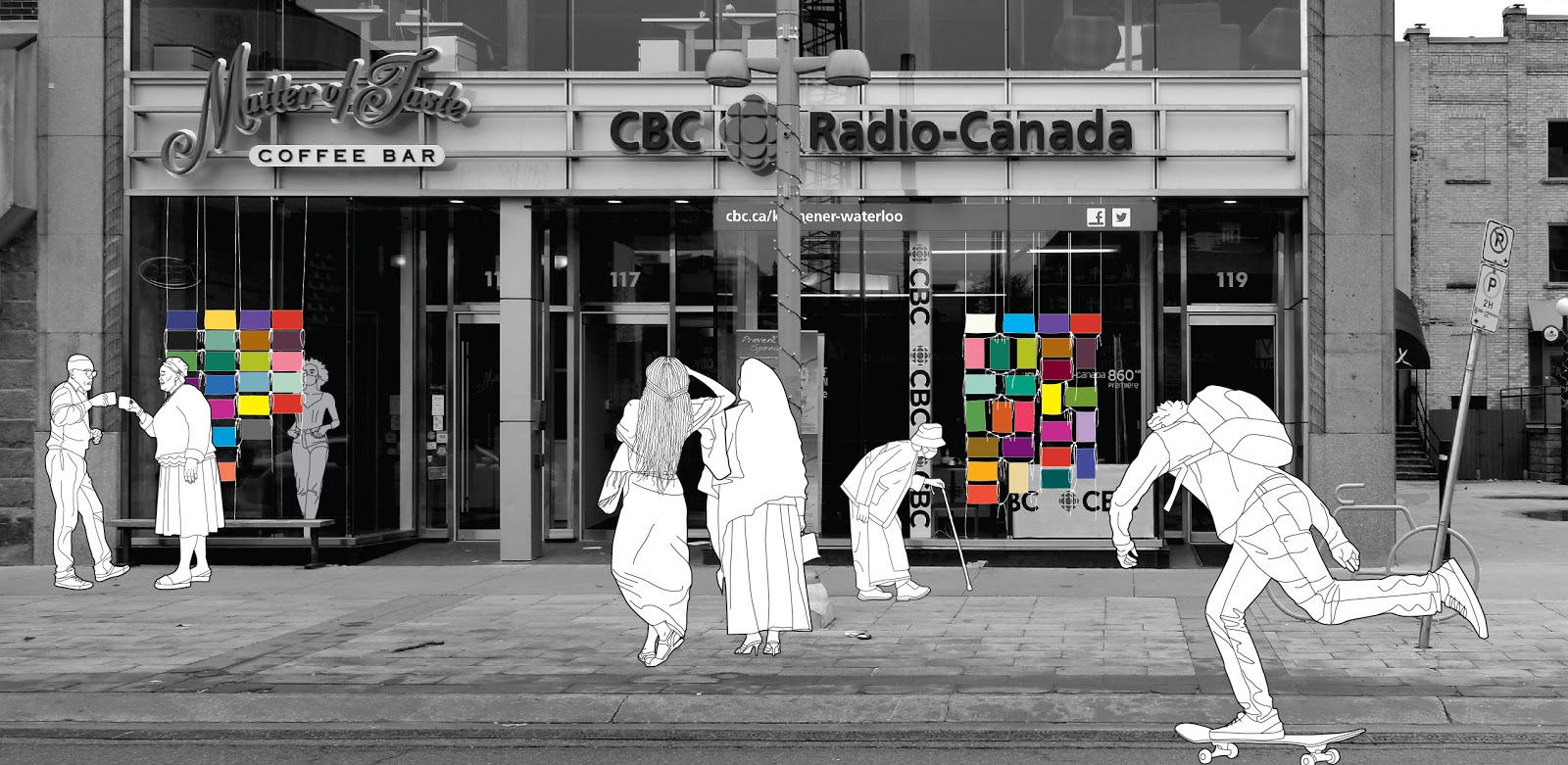
As the project progresses, partial quilt segments will be displayed throughout the area linking individuals or groups to relevant sites. Upon the project completion, the combined quilt will be exhibited hanging free from the wall, creating physical space for our stories – stories of pain, resilience and care. We will be making a form of architecture together, each participant adding their own block, their own point of view, their own experience.
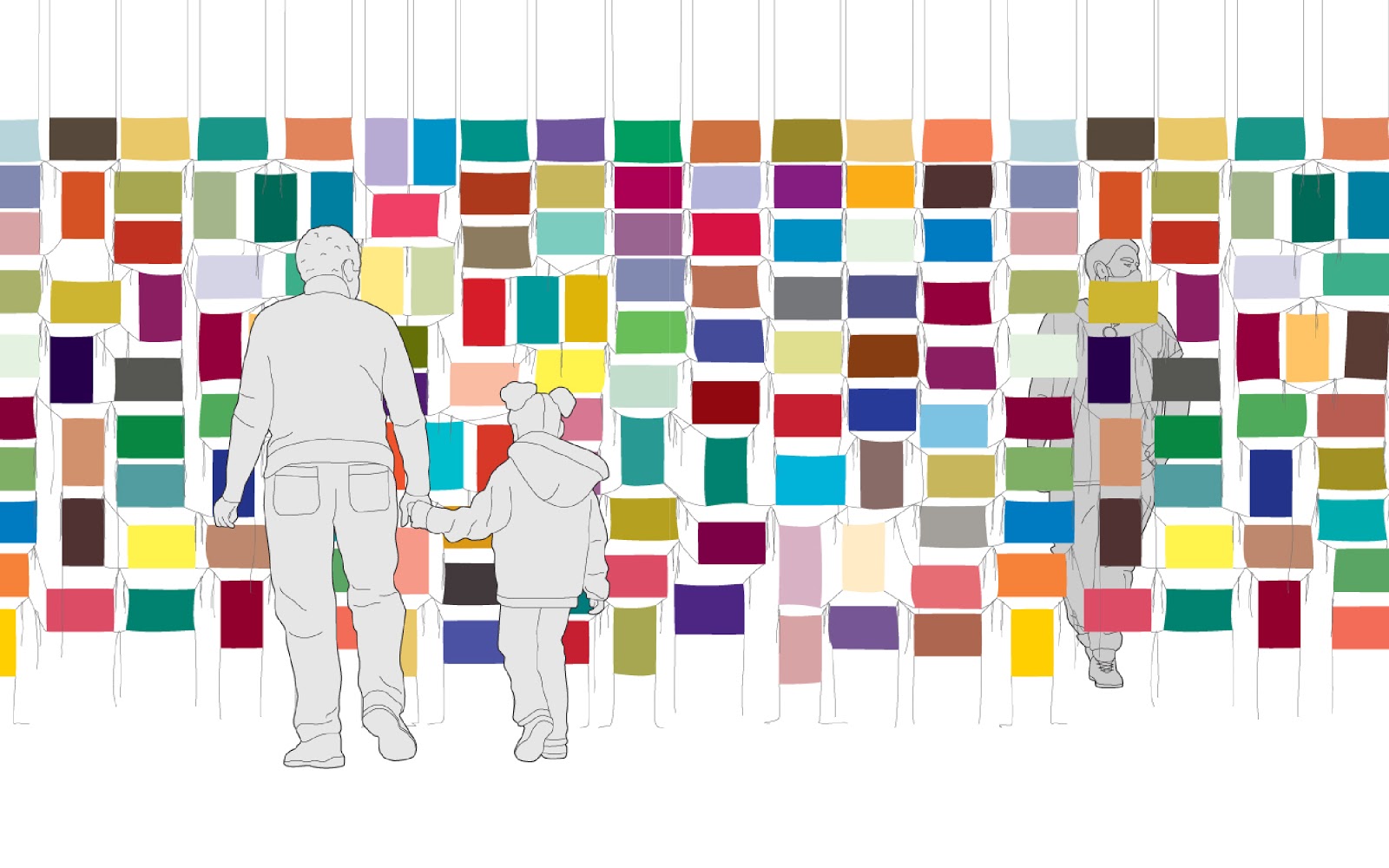
Project Process
I started planning this project at the end of July. I laid out what I thought was a perfect plan with an organization to distribute and collect kits, run workshops and exhibit the quilt. I was turned down. I’ll admit that put a damper on things, but with Adrian Blackwell’s advice, I began to send the proposal out far and wide and “hope something sticks.” And it did. Some people started replying to my emails, started saying yes. People started to notice and tell their friends. It’s very much still early days, just a month since the project ‘officially’ launched on October 2nd. I have been almost entirely consumed by this project – in a good way, I think – over the past months, meeting countless interested parties (virtually, of course), designing and preparing materials, making kits, running around getting things to people. It’s been pretty amazing to have a project resonate so much within the area, each conversation adding to the richness and complexity of the work. I have learned so much already about the area, community work, grant writing, and quilting, of course. I have met many community leaders and started building relationships with different community-minded businesses. At some points, it’s exhausting, for sure, but it’s also enriching in so many ways.
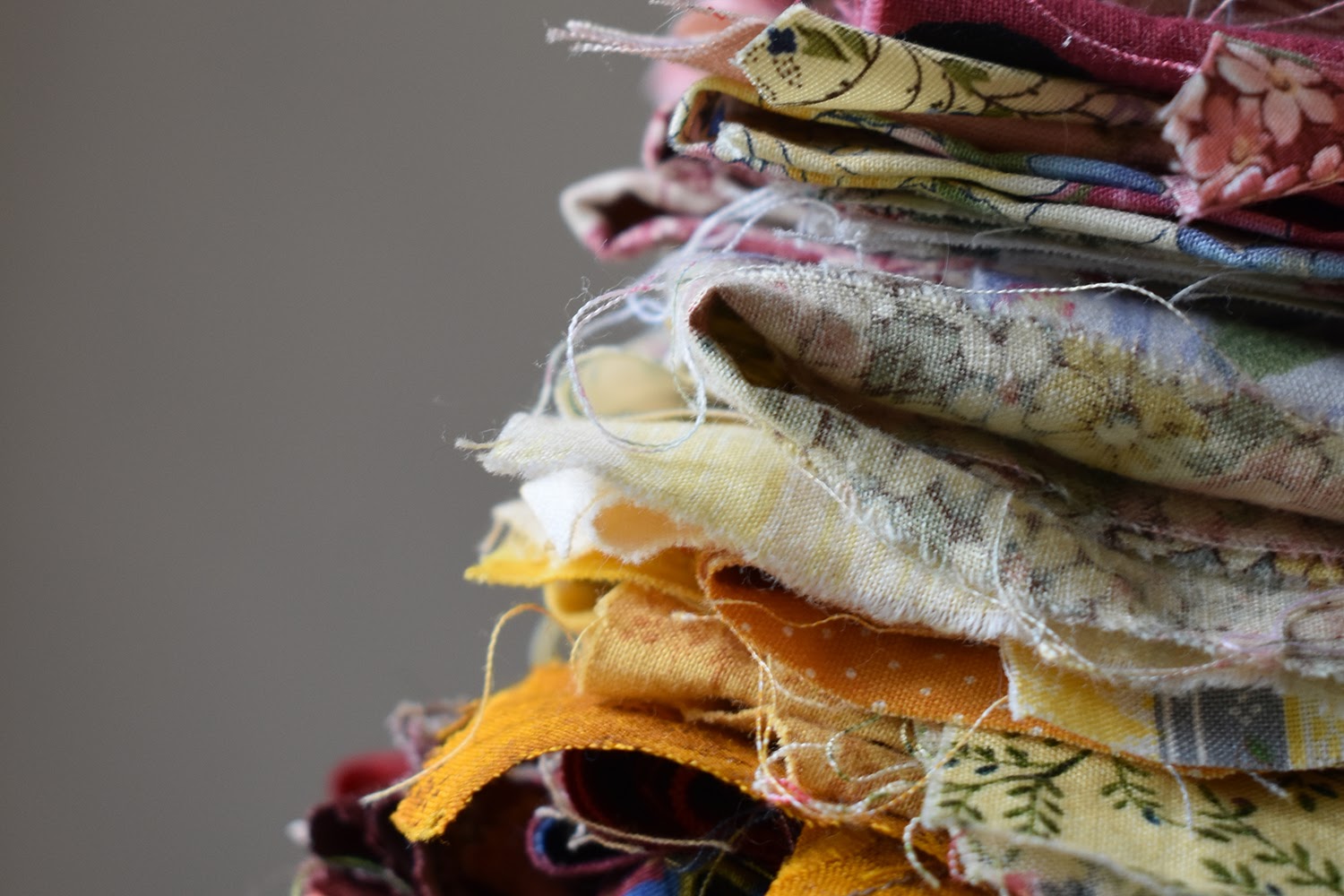
Big Picture + The Future
I think of this project as a case study in community architecture. We’re working from common ground while recognizing that ground is not fair, even or experienced similarily. I’ve been working hard to make the project accessible (in several ways) and working to reach as broad an audience as we can. The pandemic has changed so much in our lives this year, but it seems that people (*not everyone) are able to be more understanding and compassionate – even towards others.
I’ve been thinking a lot about the role of the architect in society moving forward. I’m arguing for a supportive role in people’s wellbeing. I often hear, “but how can we, as architects, design for everyone’s needs” asked in defeat at the school. I think it’s about opening design and architecture to the public, whose lives it affects in such a profound way. With the quilt project, I’ve been running workshops to expand ideas of what a quilt could be and different techniques to tell our stories. I’ve had seven-year-olds complete such insightful work. Everyone has a unique perspective and something to offer, and this quilt will be a testament to that. While taking on a ‘capital A architecture’ project in this way seems impossible, so did organizing a public quilt project across three cities during a pandemic.
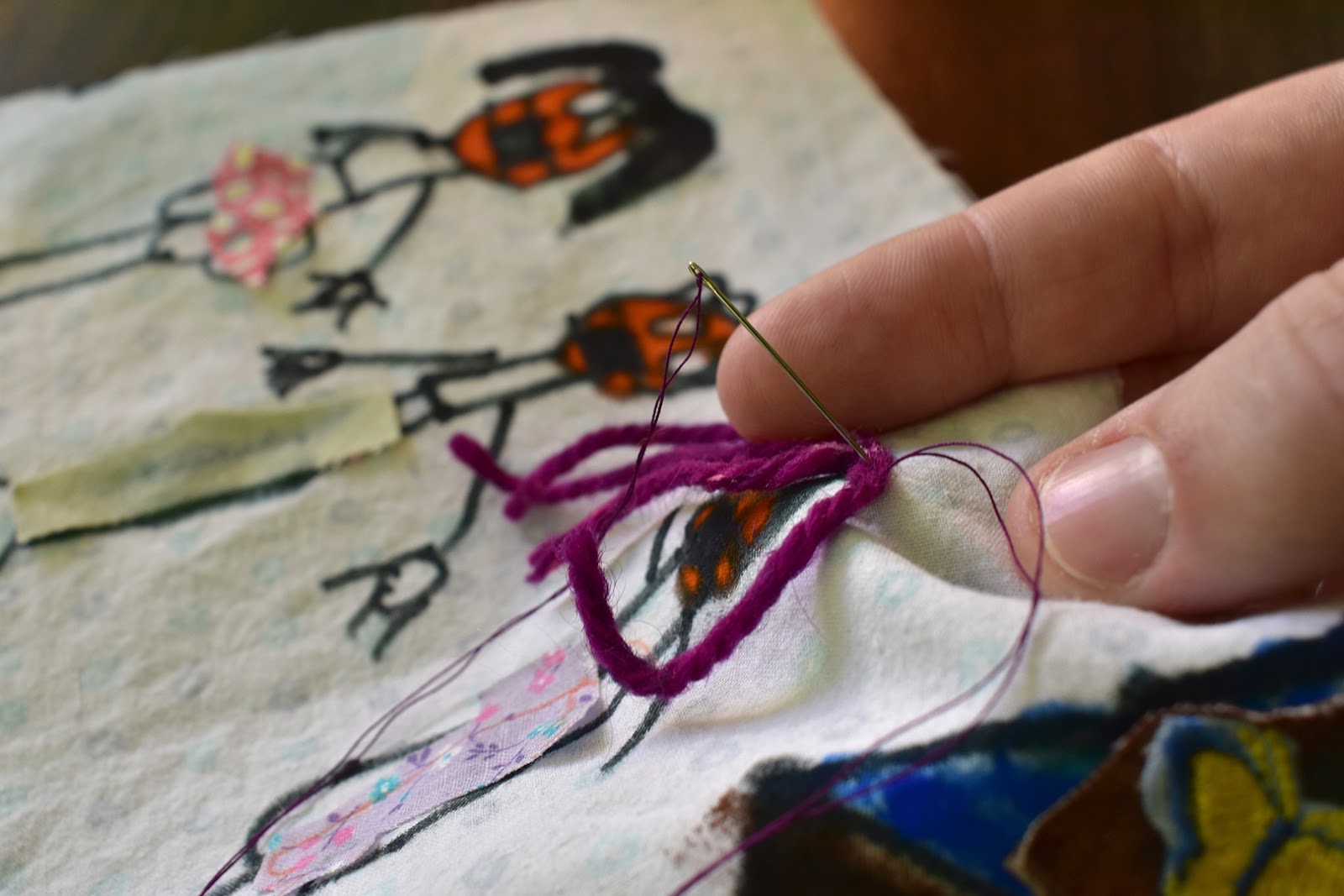
Get Involved
There are lots of ways to get involved! You can check out the project online at www.frombehindthemask-quilt.com and learn how to make your own block or where to pick up a kit. Follow on Instagram @frombehindthemask_quilt to see the project’s progress and behind the scenes.
See WA Connect events for UWSA student workshops!


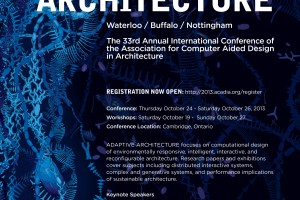
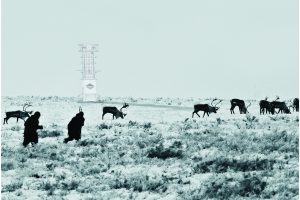

Leave a Reply